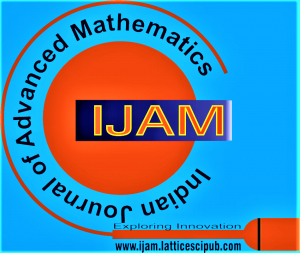![]()
In Search of an Elementary Proof for Fermat’s Last Theorem
P. N. Seetharaman
P. N Seetharaman, (Retired Executive Engineer, Energy Conservation Cell), Tamil Nadu State Electricity Board, Tamil Nadu, India.
Manuscript received on 30 March 2024 | Revised Manuscript received on 12 April 2024 | Manuscript Accepted on 15 April 2024 | Manuscript published on 30 April 2024 | PP: 35-39 | Volume-4 Issue-1, April 2024 | Retrieval Number: 100.1/ijam.A119005010425 | DOI: 10.54105/ijam.A1190.04010424
Open Access | Editorial and Publishing Policies | Cite | Zenodo | OJS | Indexing and Abstracting
© The Authors. Published by Lattice Science Publication (LSP). This is an open-access article under the CC-BY-NC-ND license (http://creativecommons.org/licenses/by-nc-nd/4.0/)
Abstract: Fermat’s Last Theorem states that the equation x n + y n = z n has no solution for x, y and z as positive integers, where n is any positive integer > 2. Taking the proofs of Fermat and Euler for the exponents n = 4 and n = 3, it would suffice to prove the theorem for the exponent n = p, where p is any prime > 3. We hypothesise that r, s, and t are positive integers satisfying the equation rp + sp = tp, and we establish a contradiction in this proof. We include another Auxiliary equation, x³ + y³ = z³, and connect these two equations by using the transformation equations. By solving the transformation equation, we prove that rst = 0, thus demonstrating that only a trivial solution exists in the central equation, r p + s p = t p .
Keywords: Transformation Equations To Two Fermat’s Equations, Mathematics Subject Classification 2010: 11A–XX.
Scope of the Article: Applied Mathematics
